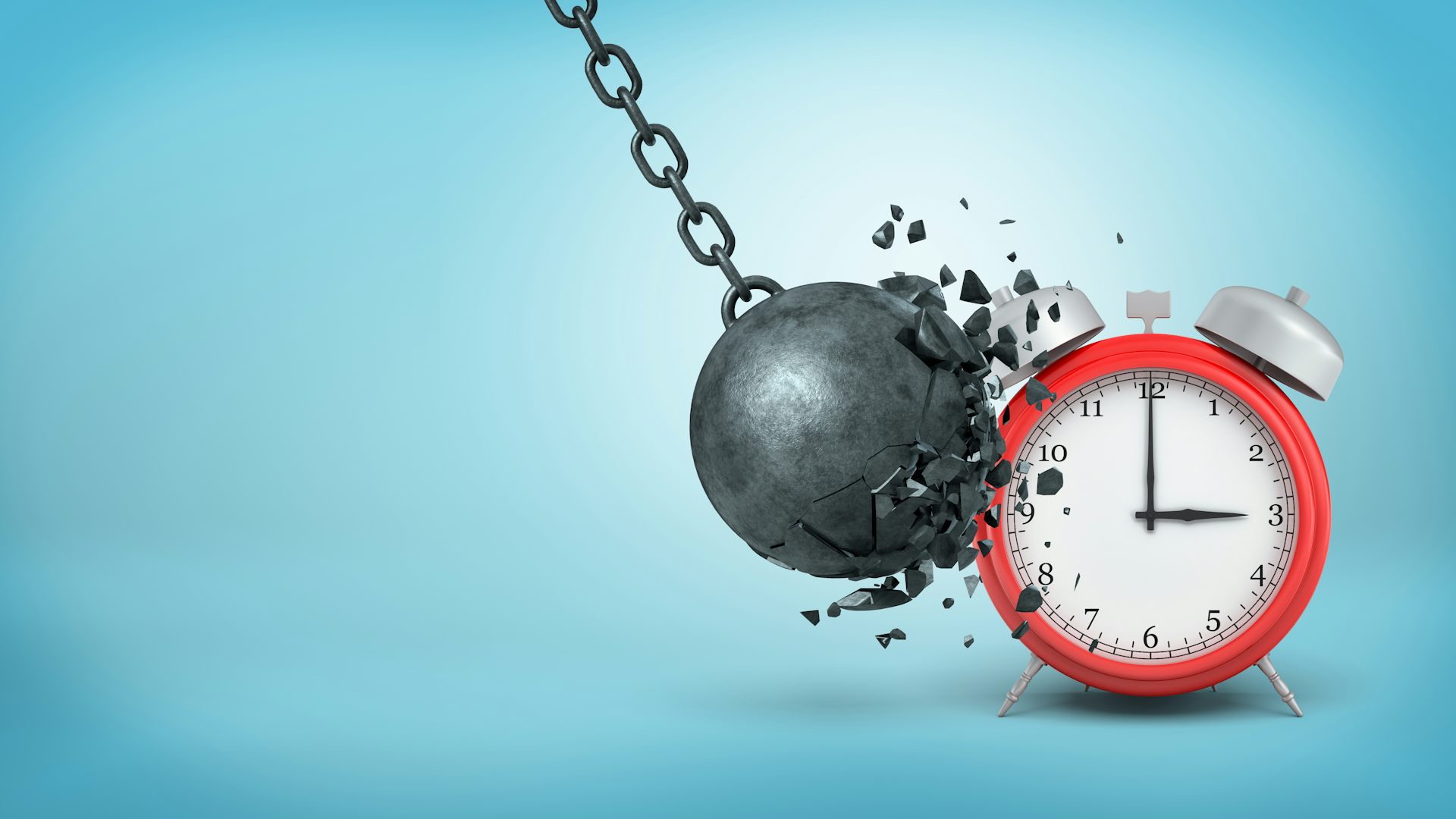Beyond bleach: Mold a long-term problem after flooding and disasters
Even when power is restored and floodwaters have receded after hurricanes, mold can still be a big problem. There are some things you can do on your own, but the damage can be extensive.

One of the biggest issues surrounding flooding after natural disasters is mold, a problem that can stay with a structure long after floodwaters have receded. Considering that over 17 percent of homes already have some physical condition that contributes to leaks and that mold grows in temperatures between 40 degrees Fahrenheit and 100°F, there is no wonder that we see mold and mildew problems after a disaster that brings flooding in homes and buildings.
Molds are fungi. Dampness supports mold and can create an unhealthy living space for people. When present in large quantities, all molds are allergenic and potentially harmful. Mold was implicated in the deaths of four Southern University at New Orleans professors after Hurricane Katrina, and mold remained a persistent problem in thousands of homes even after cleanup.
I have been an extension agent, or someone who shares the university’s consumer and agricultural research advances directly with the public, working with indoor environmental quality issues for over 20 years. From my work, I know that the health effects from exposure to mold can be short-term or long-term. But there’s a lot people can do to reduce or avoid potential problems.
Fast action essential
Always consider safety first when going back into a flooded home. Check for structural stability. If damage was severe, you may need to call a specialist to inspect your home to ensure it is safe to enter.
For areas that are less than 10 square feet, the National Center for Healthy Housing recommends that homeowners or renters clean it up themselves. For larger areas, consider using a professional. Hire a mold inspection or remediation professional affiliated with or certified by the National Environmental Health Association, the American Industrial Hygiene Association , the Institute of Inspection, Cleaning and Restoration Certification or the American Council for Accredited Certification to inspect, repair and restore the damaged parts of your home.
If you do the work yourself, keep children away while work is being done. For bigger jobs or for more protection, use a P100, which blocks 99.9 percent of all particulates, or a P95 respirator. Wear eye protection that does not have open vent holes. Use gloves that are nonlatex, vinyl, nitrile or rubber and coveralls to protect clothing.
Change into “work” clothes before entering the work area and remove when leaving.
You may need to contain the area to prevent the spread of the spores. (Check out HUD’s Rebuild Healthy Homes publication for more great information, including on how to create a containment area.)
Identify the extent of the damage, what you can do to stop it from continuing to get in and how to protect people in the space.

A moisture meter can be useful in determining how wet a material is, as well as identifying the source. Something that looks dry may have hidden moisture. Wood moisture content should be less than 16 percent.
Dry the wet areas – completely – as quickly as you can after the event. The water content is the most critical factor in determining if fungi can germinate and grow on a surface. Mold grows on almost any material that stays wet more than about two days. The longer the mold and wetness remain, the faster it spreads. And it is a survivor. It can grow even in dry spaces with humidity levels between 25 percent and 70 percent.
If you have mud and silt, shovel it out before it dries. Open doors, cabinets and drawers and use air-conditioning, heaters, fans and dehumidifiers to remove moisture. But if mold has started to grow, do not use fans, as they can spread the mold spores.
To bleach, or not to bleach?

Many people want to reach for bleach when they first see mold. While bleach can be effective in killing mold on nonporous surfaces such as tile and porcelain, it does not work on wood and other porous material, such as drywall. On those surfaces, bleach can actually encourage more mold growth. Bleach does not prevent the regrowth of new colonies when materials stay damp.
If you do use bleach on bathroom and other nonporous surfaces, the Centers for Disease Control and Prevention advises that you use no more than one cup of household bleach to one gallon of water. Make sure you open windows and ventilate your work space.
Also, do not use bleach on air conditioning systems, as bleach is corrosive. Do not use on fine wood furnishings, as it can raise the grain.
And never mix bleach with ammonia; that can cause toxic fumes.
Sometimes, letting go can be best
Discard items that cannot be washed and disinfected. Remove carpeting, padding, draperies, upholstered furniture, pillows, stuffed animals and mattresses, as they absorb water quickly and dry slowly.
Ceiling tiles that are wet lose their insulative properties and need to be replaced. If you are removing building materials, like flooring or popcorn ceilings, trim or siding, be aware that in older homes they may have lead paint and asbestos.
Cleaning mold means we must remove it, not just kill it. Dead spores can still cause health problems. Wipe or vacuum the area. If using a vacuum, consider using one that has a High Efficiency Particulate Arrestance filter. Professionals use commercial certified HEPA filter vacuums. Then, use a nonphosphate cleaning solution and hot water. Use cloths, stiff brushes and, if needed, mist-spray bottles. Do not use high-pressure sprayers, as this could dislodge and spread mold spores.
And finally, keep an eye out for new growth or continued dampness. Remember, mold can form in as little as two to three days. Check the outside grade to make sure you have good drainage of rainwater away from your house. Make sure you are using indoor humidity controls like bathroom and kitchen exhaust fans vented to the outside to help prevent added moisture.
If you see new mold, repeat cleaning and drying procedures. In some cases, it may mean that extended removal of building materials may be needed.
Keep in mind that damage to your home may cause you to have an emotional reaction. This is normal. Refocus your attention on positive things and what you can do. You can safely repair and rebuild your home after water damage.
Katherine Allen does not work for, consult, own shares in or receive funding from any company or organization that would benefit from this article, and has disclosed no relevant affiliations beyond the academic appointment above.
Read These Next
Deception and lies from the White House to justify a war in Venezuela? We’ve seen this movie before
Two US wars based on lies, in which tens of thousands of American troops and millions of civilians died,…
Miami’s new mayor faces a housing affordability crisis, city charter reform and a shrinking budget
Eileen Higgins won a hard-fought election to become Miami’s new mayor. Now for the hard part – governing…
Understanding climate change in America: Skepticism, dogmatism and personal experience
Real skeptics study the evidence and ask questions, rather than taking political dogma on faith. Experiencing…






